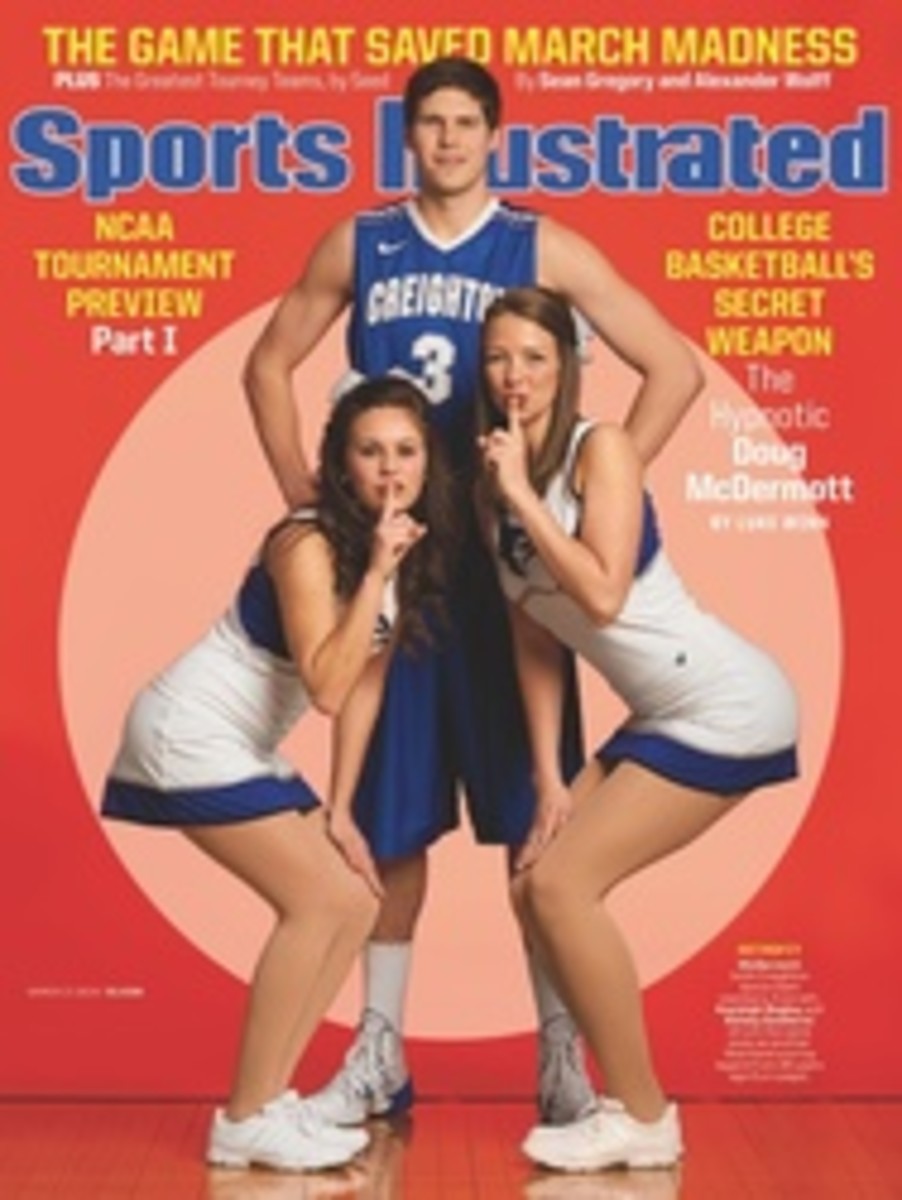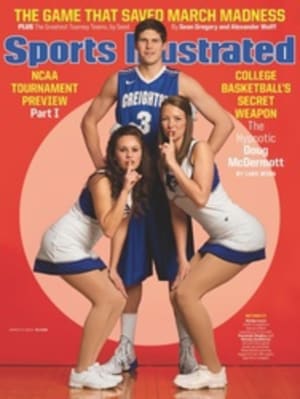
The Case for ... The Stanley Cup Sleeper Rangers
Game-breakers are a vanishing luxury in today's NHL, with its systems and traps. Which is why the trade-deadline acquisition of dynamic 38-year-old scoring champion Martin St. Louis has changed the Rangers from a team hoping to make the playoffs into a bona fide contender in the weak Eastern Conference.
Few players have gotten more out of less than St. Louis, an undrafted, undersized forward—5'8" standing on a stack of hockey pads—with an oversized gas tank who can track down pucks that seem out of reach and squirm out of scrums against bigger players. Other contenders scored big at the deadline (the Canadiens grabbed high-scoring winger Thomas Vanek, and the Kings swiped explosive sniper Marian Gaborik at low cost), but the Rangers made the biggest splash, nabbing the future Hall of Famer from the Lightning for Ryan Callahan, 28, and two high draft picks. What's thought to be the first NHL trade involving two captains occurred after Callahan, a pending free agent, couldn't agree on a contract extension with New York. At the same time, St. Louis begged out of Tampa after Steve Yzerman, the Lightning GM and director of Team Canada, initially left him off Canada's Olympic roster for the second straight Games. St. Louis was eventually named as an injury substitute for Lightning teammate Steven Stamkos and won gold in Sochi, but the damage was done. "Whether I agree or not [with St. Louis's request], it's Marty's career," Yzerman said. "It's Marty's life. It's personal."
St. Louis brings some of the irrepressible will that the New York spotlight demands. "He's spent his career proving people wrong," says Rangers forward Brad Richards, one of St. Louis's linemates when the Lightning won the Stanley Cup in 2004, the year St. Louis was league MVP. "He has something to prove every night."
St. Louis went undrafted out of the University of Vermont and was signed in 1998 by the Flames, who tried to make him a third-liner before waiving him. He joined the Lightning in 2000, and four years later he notched the double-overtime winner in Game 6 of the finals and then raised the Cup triumphantly after Game 7—with bloody gashes decorating his nose and forehead. "Believing in yourself is the biggest thing as a player," says St. Louis, who asked for a move to New York, close to his off-season home near Greenwich, Conn. "I love challenges. I love to rise to the occasion.... If I had to leave, New York was where I wanted to go."
St. Louis bolsters his Napoleonic bravado with durability. In 2011, he broke a string of 499 straight games played when he suffered facial and sinus fractures after being hit by a shot in practice, but he missed only five games. His scoring pace actually accelerated after he turned 30, rising to more than a point a game, and last season he became the oldest scoring leader in league history (17 goals, 43 assists in 48 games). "He has a while before age catches up to him," says Richards, who worked out with St. Louis during the off-season. "He's tireless. He's fearless. He's just what we need."
While the Rangers will miss Callahan's shot blocking and two-way play, they desperately needed scoring. Through Saturday, New York stood 19th in goals, and St. Louis's 62 points in 64 games lead the team. Though New York coach Alain Vigneault hasn't committed to St. Louis's regular linemates, the newest Ranger has found early chemistry with Richards and speedy winger Carl Hagelin. That trio has taken some of the heat off other forwards Chris Kreider, Rick Nash and Derek Stepan. Before the trade deadline the Bruins and the Penguins seemed primed for a repeat clash in the Eastern Conference finals. If one deal can change that, this could be it.
New York stood 19th in the league in goals, and St. Louis's 62 points in 64 games led the team.
PHOTO
BRUCE BENNETT/GETTY IMAGES

